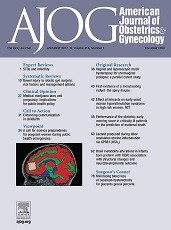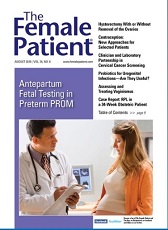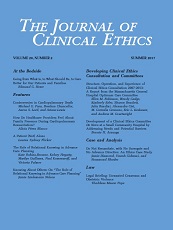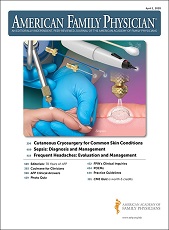Frank A Chervenak, Laurence B McCullough

Abstract
We provide comprehensive, practical guidance for physicians on when to offer, recommend, perform, and refer patients for induced abortion and feticide. We precisely define terminology and articulate an ethical framework based on respecting the autonomy of the pregnant woman, the fetus as a patient, and the individual conscience of the physician. We elucidate autonomy-based and beneficence-based obligations and distinguish professional conscience from individual conscience. The obstetrician’s role should be based primarily on professional conscience, which is shaped by autonomy-based and beneficence-based obligations of the obstetrician to the pregnant and fetal patients, with important but limited constraints originating in individual conscience.
Chervenak FA, McCullough LB. An ethically justified practical approach to offering, recommending, performing, and referring for induced abortion and feticide. Am J Obstet Gynecol. 2009 Dec;201(6):560.e1-560.e6.



